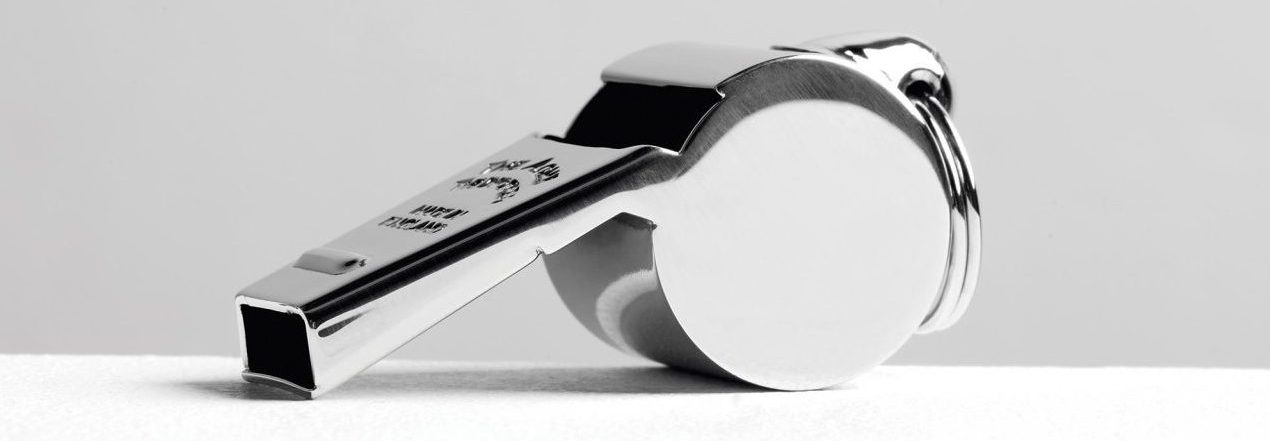In July 2010, the U.S. Congress enacted and President Obama signed into law the Dodd-Frank Wall Street Reform and Consumer Protection Act. In connection with reform on investment protection, the Dodd-Frank Act provided for the establishment of a new whistleblower program. The program provides for financial incentives for individuals to report potential federal securities laws violations to the SEC and provides for protection from employment retaliation.
Adoption of whistleblower rules
On May 25, 2011, the SEC adopted the new whistleblower rules, codified as Section 21F of the Securities Exchange Act of 1934, entitled “Securities Whistleblower Incentives and Protection.” Pursuant to these rules, the SEC has ability to provide monetary awards to eligible individuals who come forward with high-quality original information that leads to an SEC enforcement action in which over $1 million in sanctions is ordered. The range for awards is between 10% and 30% of the money collected.
The rules clarify that “original information” must be:
(i) Derived from your independent knowledge or independent analysis;
(ii) Not already known to the Commission from any other source, unless you are the original source of the information;
(iii) Not exclusively derived from an allegation made in a judicial or administrative hearing, in a governmental report, hearing, audit, or investigation, or from the news media, unless you are a source of the information; and
(iv) Provided to the Commission for the first time after July 21, 2010 (the date of enactment of the Dodd-Frank Wall Street Reform and Consumer Protection Act). See Rule 21F-4(b)(1)
Furthermore, the rules state that information submitted to the SEC is provided “voluntarily” if:
…you provide your submission before a request, inquiry, or demand that relates to the subject matter of your submission is directed to you or anyone representing you (such as an attorney):
(i) By the Commission;
(ii) In connection with an investigation, inspection, or examination by the Public Company Accounting Oversight Board, or any self-regulatory organization; or
(iii) In connection with an investigation by the Congress, any other authority of the federal government, or a state Attorney General or securities regulatory authority. See Rule 21F-4(a).
Discretionary payouts
As mentioned previously, the range of awards that the SEC will pay out is between 10% and 30% of the money collected, not of the monetary sanctions ordered. With this in mind, the SEC considers the following factors to determine the size of the award:
- The significance of the information
- The assistance provided by the whistleblower
- Law enforcement interest that might be advanced by a higher award
- Whistleblower’s participation in internal compliance systems
In addition, the SEC considers the following factors to decrease the payout percentage of the award:
- Culpability
- An unreasonable reporting delay by the whistleblower
- Interference with internal compliance and reporting systems
SEC’s payout trends
From its inception through July 2016, the SEC’s whistleblower program has issued 24 final award orders and 51 final denial orders. Of these 24 final award orders, the largest award amount disclosed was over $30 million (announced September 22, 2014) and the smallest award amount disclosed was $125 thousand (announced August 30, 2013).
Of the 19 disclosed award amounts, the median payout is approximately $700 thousand.
Furthermore, of the nine awards disclosing the payout as a percentage of the monetary sanctions collected, the SEC has ordered payouts of 30% on five occasions, a payout of 28% once, payouts of 20% twice, and one payout of 15%. It should be noted that these figures represent the total payout percentages for each matter (regardless of the number of claimants).
Seven of the 24 final award orders mentioned more than one claimant for payout, with three of these awards naming two claimants and four naming three claimants. The distribution of the payout to each of these claimants varied from equal proportion of the award among the claimants (33% or 50% to each claimant in final award orders naming three and two claimants, respectively) to as dispersed as 50% of the award to one claimant, 33% to another, and 17% to the third claimant within the same final award order.
Another interesting observation is that, of the 24 final award orders, the SEC disclosed the whistleblower profiles for 11 of them. Of these 11 awards, two were in the compliance function, one was an officer, seven were non-descriptive insiders/employees, and one was an outsider. There does not appear to be any correlation between the whistleblower profile and the payout percentage or amount of the award.
I have prepared a schedule that summarizes key information for each final award order. This schedule includes all final orders through July 2016.

